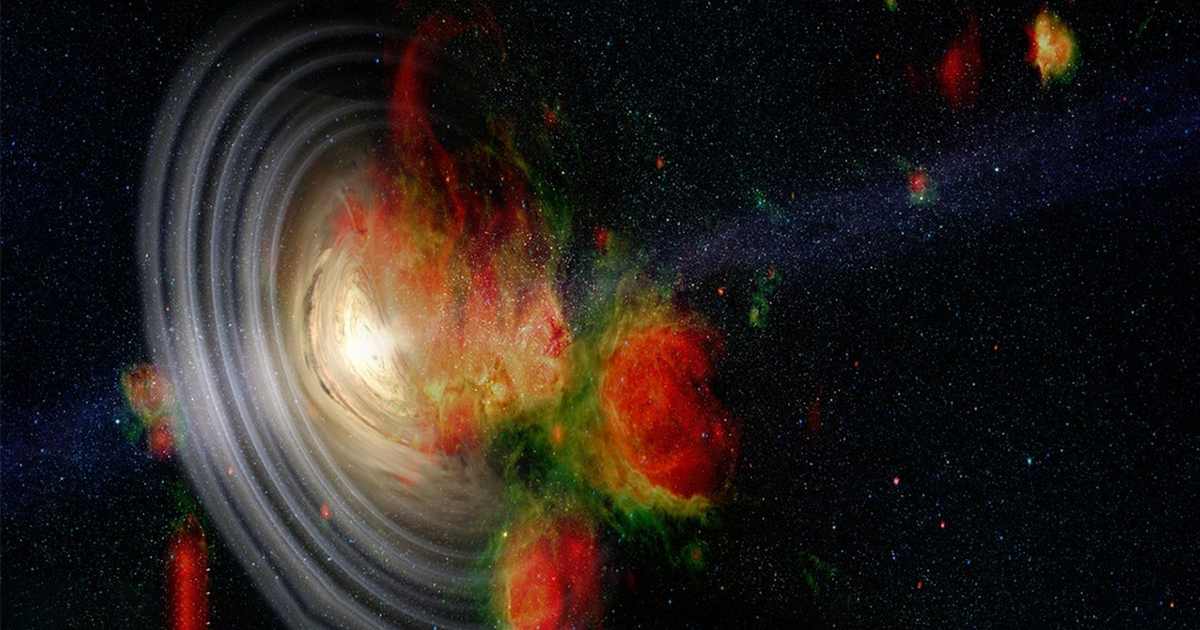Supermassive Black Hole Mass Measurements
A special issue of Universe (ISSN 2218-1997). This special issue belongs to the section "Compact Objects".
Deadline for manuscript submissions: 20 March 2026 | Viewed by 1735

Special Issue Editor
Special Issue Information
Dear Colleagues,
Over the past 30 years, the masses of supermassive black holes (SMBHs) have been shown to correlate with certain properties of their host galaxies, indicating that they are crucial components in regulating galaxy growth across cosmic time. However, the current samples are insufficient for a detailed analysis of their co-evolution by galaxy type, environment, or as a function of redshift. The ever-increasing amount of samples of SMBH masses have been measured using a variety of techniques, including resolved stellar and gaseous kinematic tracers, the reverberation mapping (RM) of the accretion disk and broad-line region clouds in active galaxies, and the hydrostatic equilibrium modeling of hot halos. Now, higher-precision SMBH masses are enabled through advances in imaging technology, the identification of additional kinematics tracers, high-cadence monitoring and broad spectral coverage, and improvements in modeling, computational, and statistical approaches.
The present Special Issue aims to host several contributions dealing with SMBH mass measurements from the local universe to high redshifts. Potential topics include, but are not limited to, the following:
- SMBH mass measurements using new or established techniques;
- High-redshift studies of galaxy and SMBH growth using kinematics or line excitation;
- SMBH growth over cosmic time, either through observations, R-L relationships, or simulations;
- Cross-checks between different mass measurement techniques;
- Kinematic studies that probe the SMBH sphere of influence;
- RM or accretion disk studies that can provide information about SMBH masses;
- The connection between an SMBH mass and the circumnuclear environment;
- An analysis of the current samples to probe SMBH mass–host galaxy scaling relationships;
- A review of the current state of SMBH mass measurements or the growth of SMBH masses during mergers.
Dr. Benjamin Boizelle
Guest Editor
Manuscript Submission Information
Manuscripts should be submitted online at www.mdpi.com by registering and logging in to this website. Once you are registered, click here to go to the submission form. Manuscripts can be submitted until the deadline. All submissions that pass pre-check are peer-reviewed. Accepted papers will be published continuously in the journal (as soon as accepted) and will be listed together on the special issue website. Research articles, review articles as well as short communications are invited. For planned papers, a title and short abstract (about 250 words) can be sent to the Editorial Office for assessment.
Submitted manuscripts should not have been published previously, nor be under consideration for publication elsewhere (except conference proceedings papers). All manuscripts are thoroughly refereed through a single-blind peer-review process. A guide for authors and other relevant information for submission of manuscripts is available on the Instructions for Authors page. Universe is an international peer-reviewed open access monthly journal published by MDPI.
Please visit the Instructions for Authors page before submitting a manuscript. Submitted papers should be well formatted and use good English. Authors may use MDPI's English editing service prior to publication or during author revisions.
Keywords
- supermassive black holes
- active galactic nuclei
- stellar or gaseous kinematics
- dynamical modeling
Benefits of Publishing in a Special Issue
- Ease of navigation: Grouping papers by topic helps scholars navigate broad scope journals more efficiently.
- Greater discoverability: Special Issues support the reach and impact of scientific research. Articles in Special Issues are more discoverable and cited more frequently.
- Expansion of research network: Special Issues facilitate connections among authors, fostering scientific collaborations.
- External promotion: Articles in Special Issues are often promoted through the journal's social media, increasing their visibility.
- Reprint: MDPI Books provides the opportunity to republish successful Special Issues in book format, both online and in print.
Further information on MDPI's Special Issue policies can be found here.





